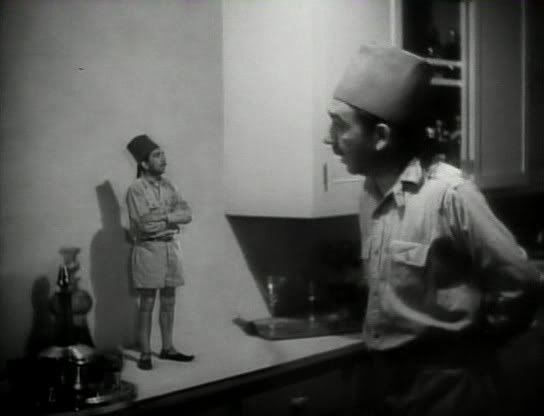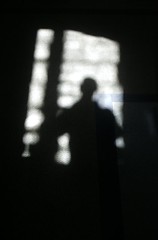le conte du monde flottant

The segmentation in Kluge's stories, however, is not merely perspectival and cinematographic (a fifteen-minute sequence of experience juxtaposed with a paragraph of foreshorting eight years); it also projects qualitative leaps into incommensurable dimensions; this particular reading experience is prolonged in Geschichte und Eigensinn, where notes on Marx's "mode of production" (he dozed much of the day on the sofa, with people coming in and out, wrote nasty comments in the margins, strewed his papers with tobacco spots), disquisitions on Blitzkrieg and on the Chansons de Roland, illustrations drawn from evolutionary theory and the history of automata, anecdotes about Kant, quotes from the letters to Fliess, studies of domestic labor, the history of prices, the politics of the German romantics, on-the-spot readings of fairy tales, succeed each other unpredictably and compete with an extraordingary collection of hundreds of images drawm from medieval manuscripts, films, worker's newspapers, ads, graphs, scientific models, newsreel photographs, pictures of old furniture, science fiction illustrations, penmanship exercises, and the reconstruction of Roman roads or Renaissance battles.
Fredric Jameson, "On Negt and Kluge", October, Vol. 46, Alexander Kluge: Theoretical Writings, Stories, and an Interview (Autumn, 1988), p. 152


<< Home